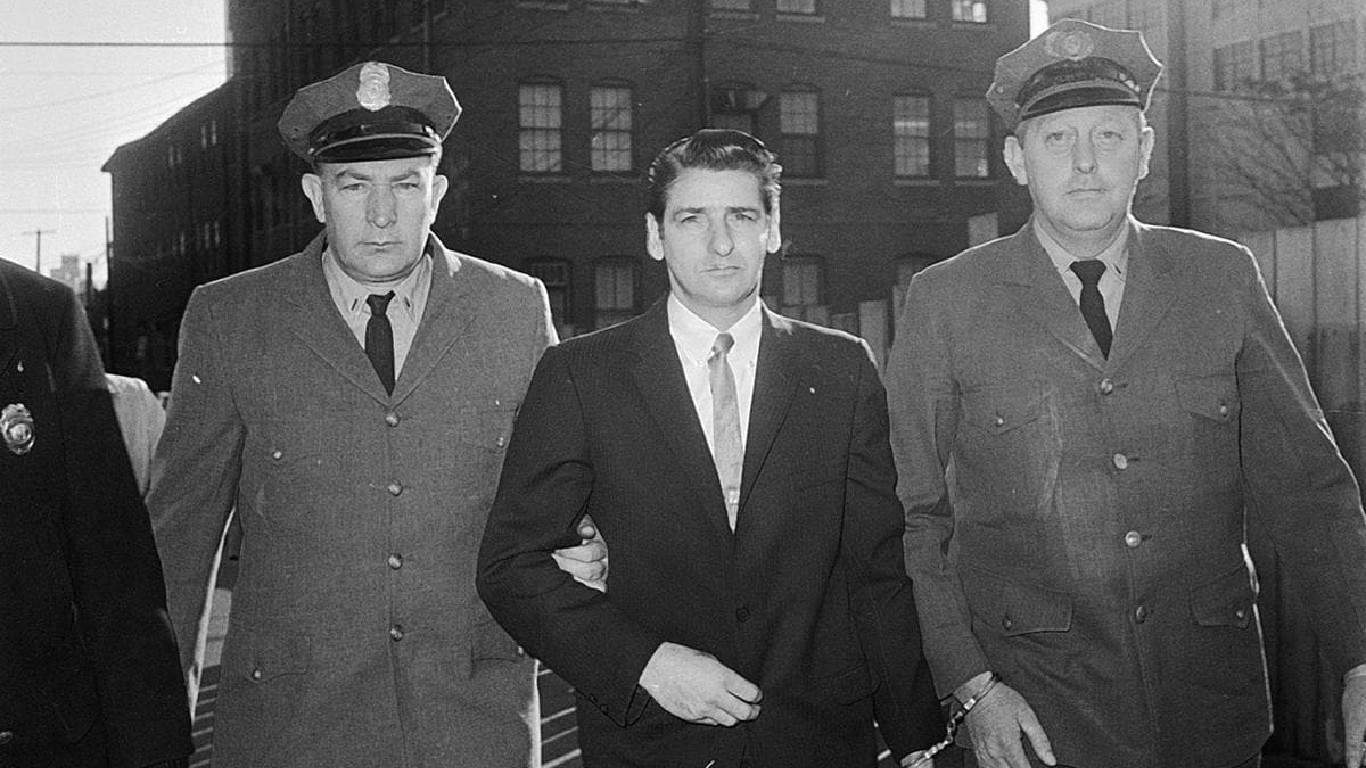The United States currently has more than 200,000 unsolved murders. These numbers typically increase each year by around 6,000 cases, with some states having higher numbers than others. According to the Murder Accountability Project, California, with 51,744, has the most unsolved homicides and cold cases in the nation (North Dakota has the least with 90).
In the past, law enforcement conducted investigations the way it had always been done. From collecting crime scene evidence to talking to witnesses, which wasn’t always fortuitous, many notorious cold cases have finally been solved thanks to technological advances in methodology. Not only has DNA had a huge impact on unsolved murders, but the addition of Investigative Genetic Genealogy (IGG), a combination of both genealogical research and DNA, has had a significant effect.
24/7 Tempo consulted a range of crime and news publications including Britannica and Investigation Discovery to compile a list of famous cold cases recently solved. Unsolved murders were chosen from various eras that had the largest cultural impact. For specific case details, sites like the Los Angeles Times were consulted. (For other law and order articles, discover the biggest cases ever investigated by the FBI.)
The Golden State Killer

For decades, the Golden State Killer terrorized northern California neighborhoods but eluded capture because no one could determine who it was. The perpetrator, also known as the East Area Rapist and the Original Night Stalker, preyed on scores of people, murdering or raping in the areas around Sacramento, California. Detectives finally had a break in the case in 2018.
Using online genealogy databases, detectives compared results with DNA samples collected from some of the Golden State Killer crime scenes. After they got a hit on a family member of the killer, they identified 70-year-old Joseph James Deangelo Jr. To confirm, they quietly collected DNA matches from food wrappers he had thrown out in public. Soon after, police arrested and charged Deangelo with 13 murders.
Boy in the Box
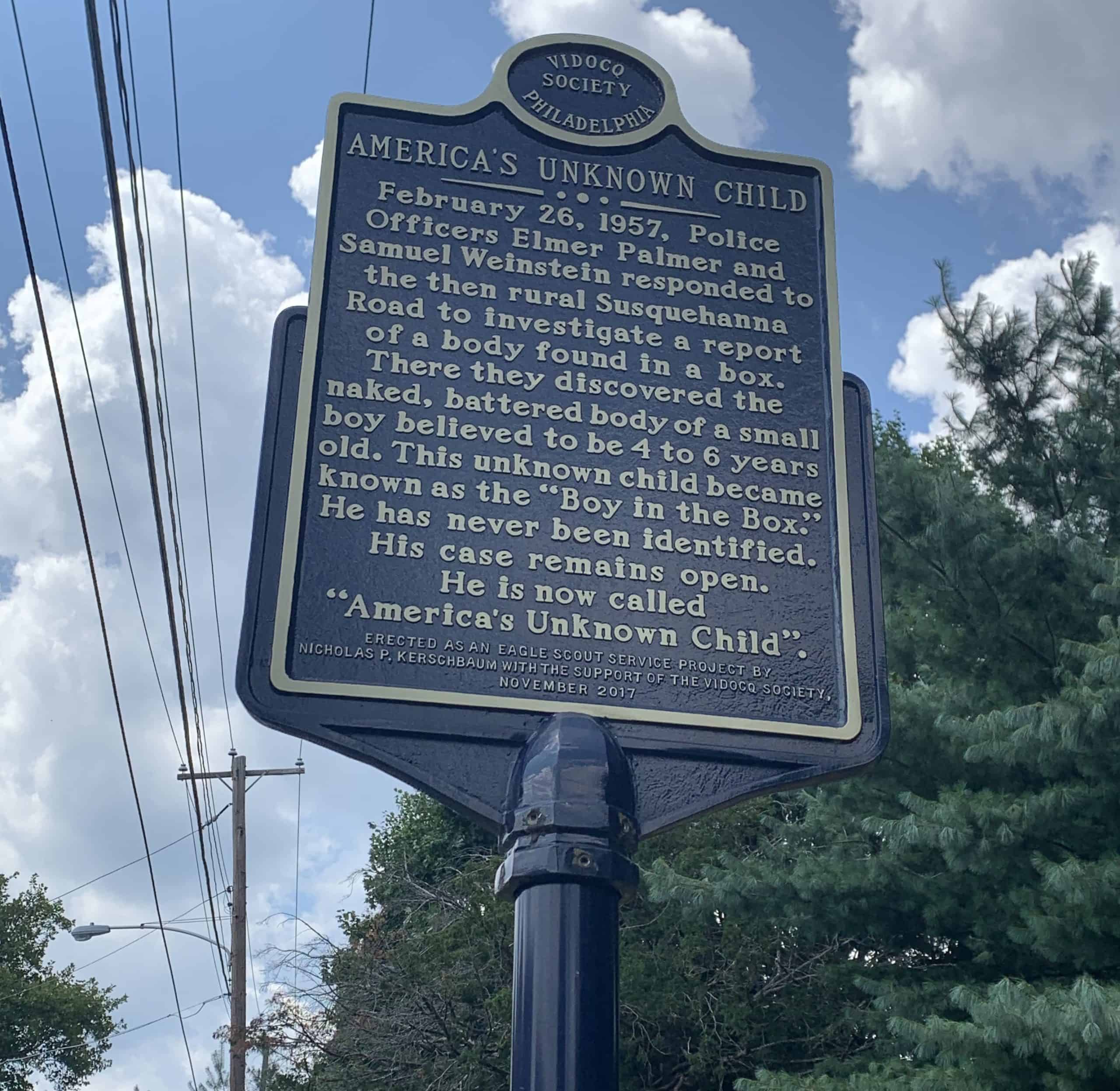
In 1957, a wooden box was discovered in the woods around Philadelphia, Pennsylvania. Inside was the body of a boy who had been severely beaten. He became known as Boy in the Box and America’s Unknown Child. Though police put out calls for identifying the boy, they had no luck for decades.
It wasn’t until 2019, when a Pennsylvania court approved the exhumation of the body, that Detectives, using modern genealogy records and DNA matching to identify the boy’s mother and father, were finally able to get a break in the case, albeit partially. After 65 years, the boy was identified as Joseph Augustus Zarelli. The identity of the killer remains unknown.
(For other puzzling crimes, discover 40 famous and mysterious disappearances.)
Times Square Killer

For more than ten years, a killer terrorized the NYC and New Jersey area. Known by various monikers – Times Square Killer, the Torso Killer, and the New York Ripper – he brutalized his victims, one of whom was dance instructor Diane Cusick. In 1968, Cusick had just finished her last class of the night and was last seen alive heading to the mall to buy a pair of shoes. However, she never made it there. She was found in the backseat of her car raped, beaten, and strangled to death.
For decades, the crime went unsolved. Then, in the early 80s, law enforcement was able to make a DNA match with serial killer Richard Cottingham. Though DNA from the crime scene had been tested before, modern technological advancements made a proper match possible. As for Cottingham, he was already behind bars for some 16 other murders and is believed to be responsible for multiple additional cold crime cases.
Lady of the Dunes
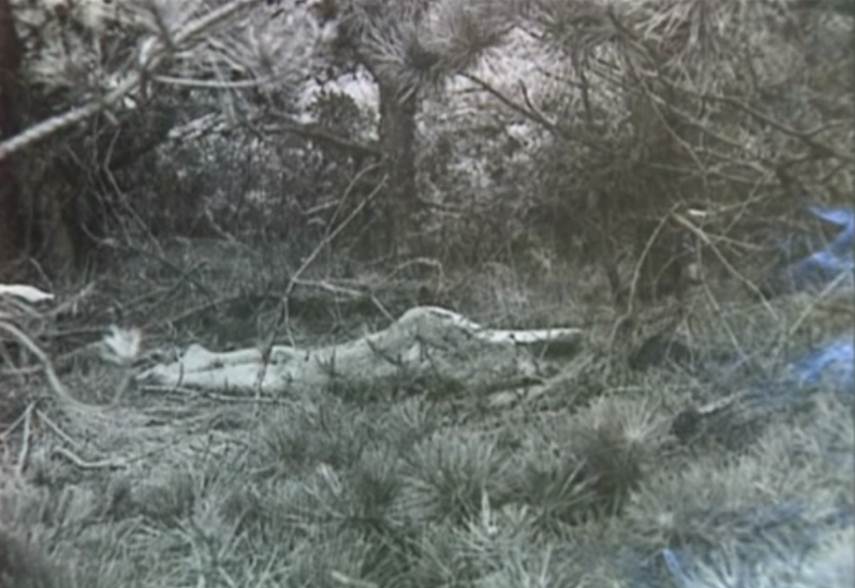
In 1974, the mangled body of 37-year-old Ruth Marie Terry was found on the Race Point Dunes in Provincetown, Massachusetts. She became known as the Lady of the Dunes. Police were unable to find her identity, although they conducted a statewide search, and she eventually became the oldest unidentified murder victim in the state.
In the hopes of finding the identity of his biological mother, a man named Richard Hanchett sent his DNA to Ancestry.com, giving the police a break in the case. At the same time, the FBI was trying to find a match, and it was when Hanchett turned his DNA over to investigators that the Lady of the Dunes was finally identified as his mother, Ruth Marie Terry. Law enforcement was later able to identify her murderer – her husband Gary Rockwell Muldavin, who died in 2002.
Grim Sleeper
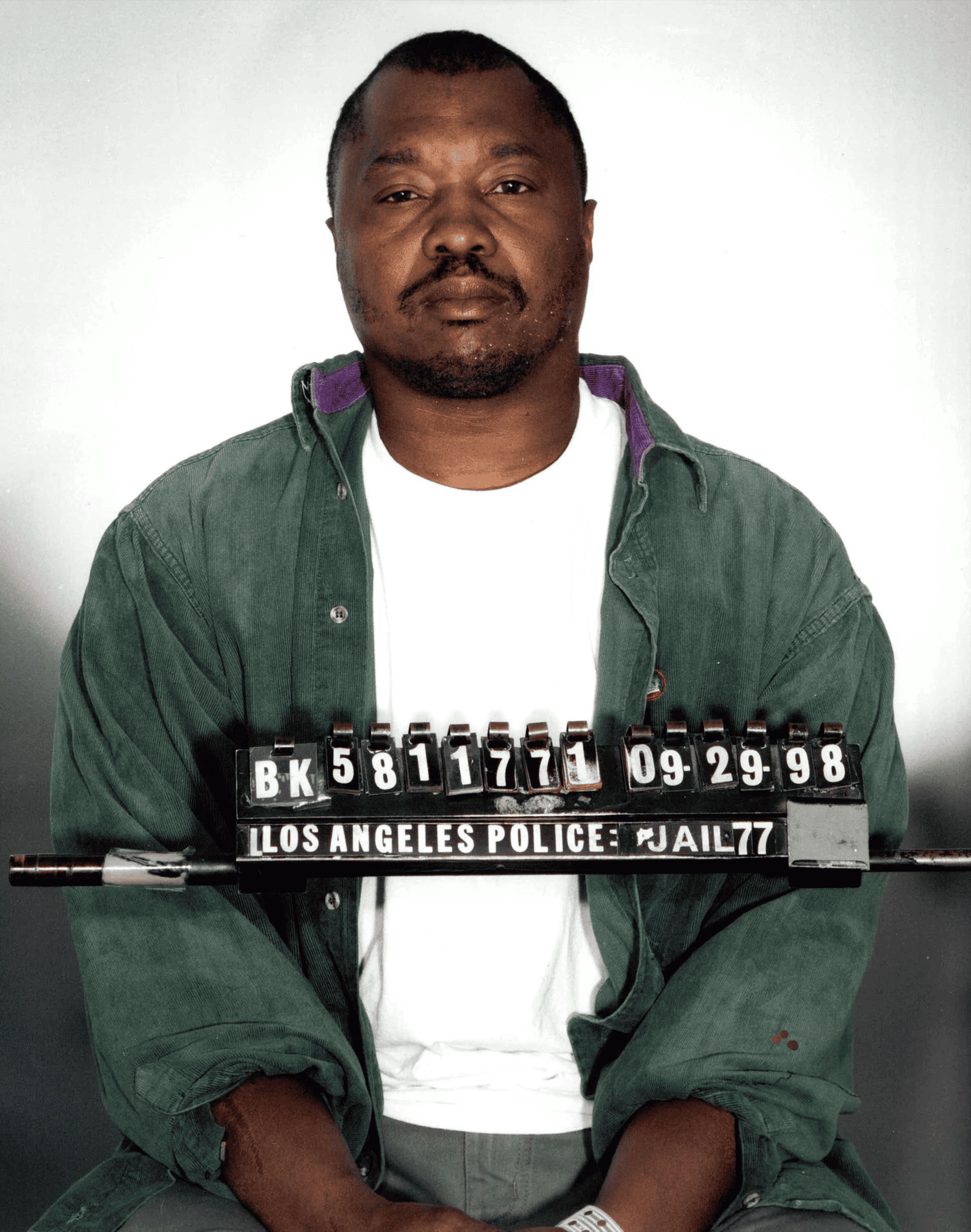
In South-Central Los Angeles, California, between 1984 and 2007, nearly a dozen African American women were murdered. It was thought that the killer might be multiple people because he was so prolific. Though most murders occurred in the late 80s, the killer earned the nickname the Grim Sleeper because he suddenly became active again in the mid-aughts. It is believed he evaded capture for as long as he did because he didn’t fit the serial killer profile of the time – white men who preyed mostly on white women.
After investigators received a DNA sample from a man arrested for weapons possession, they had a break in the case. This provided a familial link to the killer and authorities were able to identify Lonnie D. Franklin Jr. as the potential killer. When police were secretly able to acquire DNA from a half-eat pizza slice, Franklin was confirmed as the Grim Sleeper. This was the first time familial DNA had been used to capture a killer.
The I-65 Killer

Between 1987 and 1990, four women were murdered in various motels along the I-65 corridor between Indiana and Kentucky. Though another victim survived the attack, the composite sketch she provided was not able to identify the killer.
Police were unable to catch a break in the case for another few decades, but eventually, with the help of technological advancements in DNA testing and investigative genealogy, they were finally able to identify Harry Edward Greenwell as the I-65 Killer. Greenwell was a criminal with a long, violent rap sheet, but had died by the time he was linked with the killings.
BTK Killer

A series of murders rocked the quiet city of Wichita, Kansas between 1974 and 1991. Multiple bodies began showing up through the years. A man who identified himself as the BTK killer claimed over 10 bodies and sent taunting letters to the local newspapers and law enforcement. He dubbed himself the BTK killer after his murder methodology – Bind, Torture, Kill. After 1991, his trail went cold.
In 2004, the killer resurfaced when he began sending more cryptic letters to the police. His mistake was asking the police if he could be traced by a floppy disk. Detectives assured him they couldn’t, so he sent more information via floppy. This allowed the police to instantly trace the disk to a man named Dennis Rader. After obtaining familial DNA and matching it to a BTK crime scene, Rader was arrested. He is currently serving life in prison.
Boston Strangler
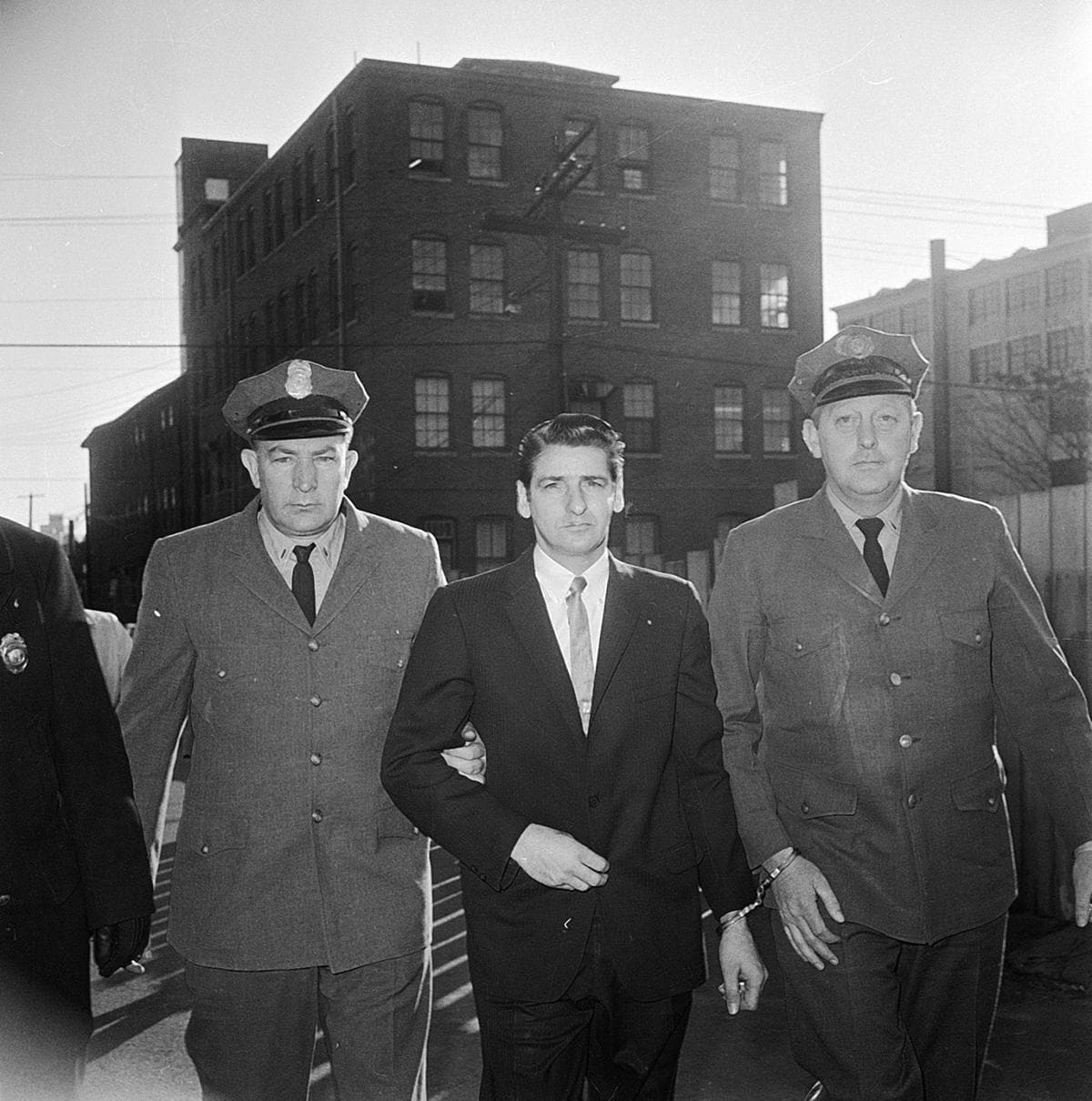
In the early 1960s, in a two-year period, thirteen single women were murdered in and around the Boston, Massachusetts area. The murders were referred to as The Silk Stocking Murders, based on items found around victims’ necks, and the killer was dubbed the Boston Strangler. Albert DeSalvo, a man who had confessed to prior incidents, known to himself as the Measuring Man, and then the Green Man, became a person of interest after one of his assault victims came forward and identified him.
DeSalvo was questioned by the authorities and immediately confessed to the murders. Although he was able to describe his crime scenes in detail, there was no physical evidence linking him. While never convicted of the murders, he still received life in prison for earlier, unrelated crimes. In 2013, Boston police were able to find a familial DNA match between DeSalvo and a semen sample taken from one of the murder scenes. His body was then exhumed and it provided a direct match to the Boston Strangler murders.
Bear Brook Murders

Four bodies were found stuffed in barrels in Bear Brook State Park, Allenstown, New Hampshire between 1985 and 2000. Discovered deep inside the park by a hunter, two 55-gallon drums were found, one in 1985 containing the bodies of a girl and an adult woman, and the other found years later in 2000 containing the remains of two girls. For decades the bodies remained unidentified.
In 2017, working in conjunction with investigators, genealogist Barbara Rae-Vente linked serial killer Terry Rasmussen with the murders. Known by several aliases throughout the years – the Chameleon Killer, Curtis Kimball, Bob Evans, and Larry Vanner – Rasmussen was also identified as the father of one of the girls found.
Years later, another independent investigator used genealogy records to identify three of the victims: Marlyse Elizabeth Honeychurch, and her daughters, Marie Elizabeth Vaughn and Sarah Lynn McWaters. The identity of Rasmussen’s daughter, however, remains unknown.
The Murders of Jay Cook and Tanya Van Cuylenborg
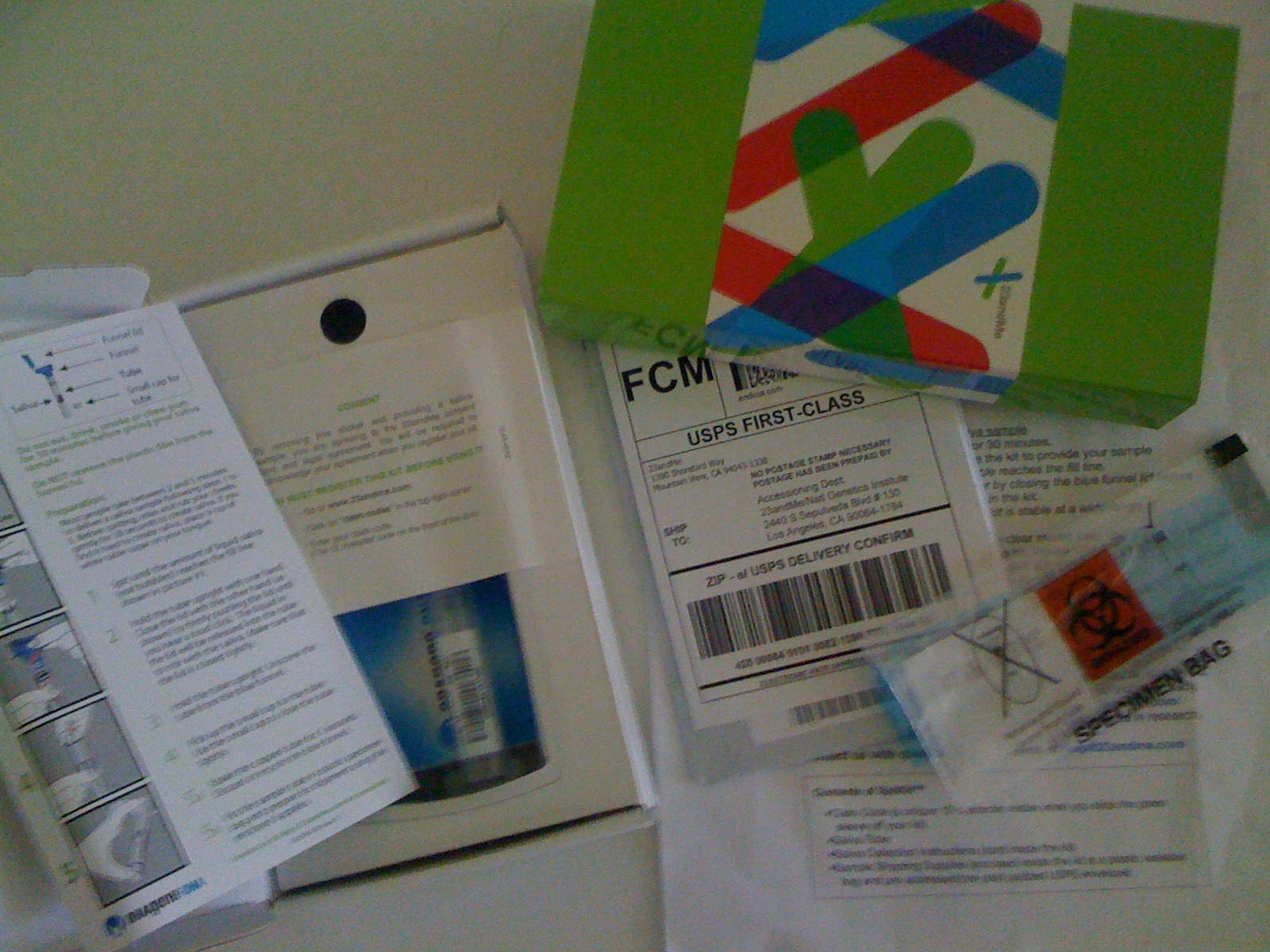
In late 1987, British Columbian couple Jay Cook, 20, and Tanya Van Cuylenborg, 18, headed to Seattle to purchase car parts. They were never heard from again. Soon after, their bodies were discovered with signs of foul play. The case remained cold for years until an unlikely avenue brought light to their murders.
In 2015, Chelsea Rustad won a DNA “spit kit” in a contest. After she uploaded her DNA online, investigators were able to link her cousin, William Earl Talbott II, with the murders as his DNA was a perfect match. In 2019, Talbott was charged and convicted of the double murder. (For notorious cases without resolution, discover the most infamous unsolved crimes in history.)
